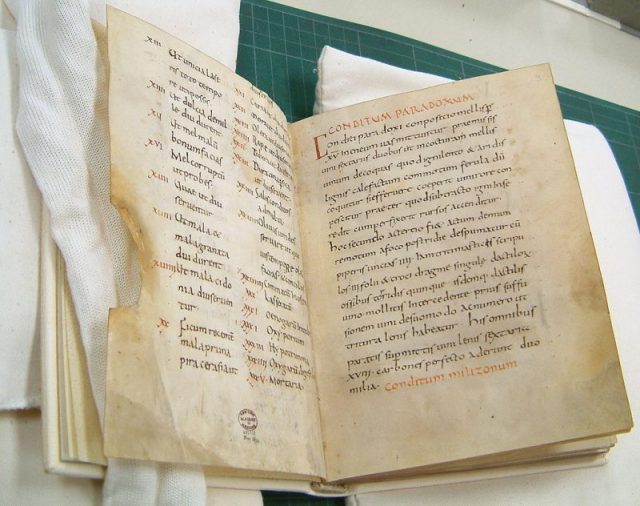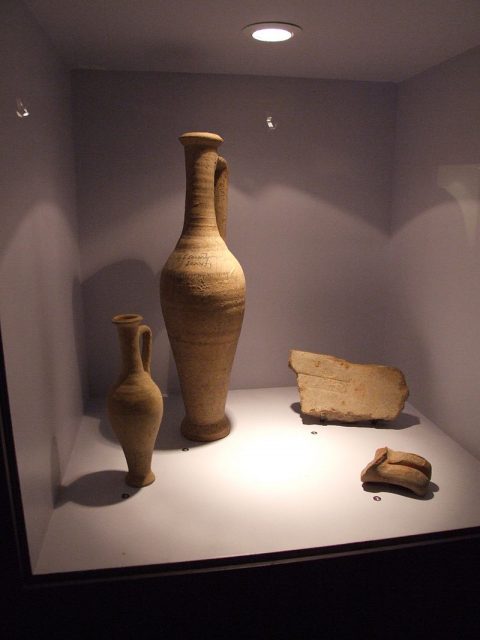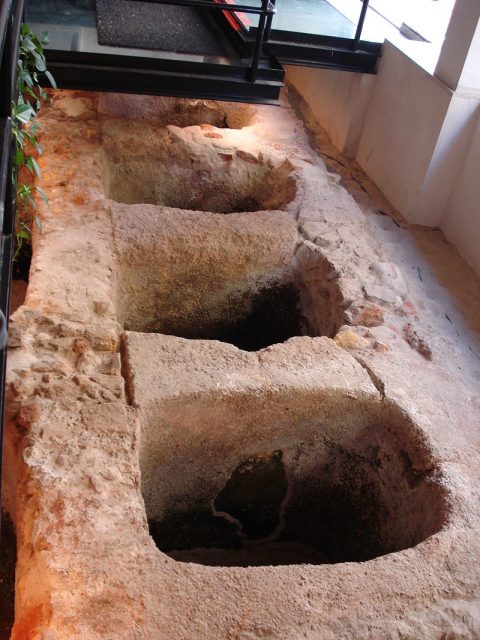An ancient condiment is now being used by modern chefs to create delicious contemporary dishes, according to The Guardian. The ancient Roman sauce garum was used in the ancient world to flavor all kinds of foods and was so popular across the Empire that numerous factories were constructed around the Mediterranean to ensure a ready supply.
We know a lot about Roman cuisine from Marcus Gavius Apicius’ 1st-century cookbook On the Subject of Cooking, where he describes a large number of popular ancient recipes that call for garum.
However, many modern chefs are only now rediscovering this ancient ingredient, known as colatura di alici in present-day Italy, and are using it to add a distinctive, unusual flavor to their contemporary cuisine.

Zingerman’s Delicatessen, in Michigan, is credited with introducing colatura to the United States, according to The Guardian. Ari Weinzweig, co-founder of the business, first discovered colatura on a trip to Italy’s Amalfi coast nearly 20 years ago. He began to import it and it soon became a bestseller, and is now highly sought after by chefs keen to add a unique twist to their conventional dishes.
However, few people in the United States are aware of the ancient origins of colatura. Used in the Mediterranean world over 2000 years ago, colatura, or garum, could also be dubbed the ‘Roman ketchup’, as it was so popular that people would add it to any dish.

It was first developed in Phoenician and Greek cuisine, and traces have been found in amphorae dating back to at least the 5th century BC. The Romans were not the first people to use garum in their cooking, but along with many other commodities, they successfully popularized it across the Mediterranean world.
According to The Guardian, garum was made using fermented fish guts, in a process not unlike that used to create fish sauce in contemporary Thai or Vietnamese cuisine.
![Mosaic depicting a “Flower of Garum” jug with a titulus reading “from the workshop of [the garum importer Aulus Umbricius] Scaurus Photo by Claus Ableiter -CC BY-SA 3.0](https://www.thevintagenews.com/wp-content/uploads/sites/65/2019/02/800px-garum_mosaik_pompeji-480x640.jpg)
Furthermore, garum was not only known for its delicious flavor and pungent odor. According to National Geographic, it was also thought to have medicinal properties, stimulating appetite, helping wounds to heal, and even curing stomach ailments.
The Roman taste for garum soon required an extensive infrastructure to meet demand, and specially designed factories known as cetariae sprang up around the Mediterranean.

These factories were constructed next to fishing ports, and were the site for the salting and distribution of fish caught along the coast. Mackerel, cod, whitebait and other types of fish were all brought here for cleaning, gutting and salting, in order to preserve them for as long as possible.
The garum was produced from the guts of these fish. They would be placed in huge vats, layered with salt and herbs, and left to ferment in the warm sunshine. This process required a delicate balance of salt to fish, in order to produce the perfect tangy flavor. After several months, the contents of the vat would be strained, and the garum extracted.
Archaeologists have found many garum factories in North Africa and the Iberian Peninsula, and thousands of amphorae containing traces of garum across the former Roman world. These remains are a testimony to the vitality of Roman trading networks, and the high demand for this commodity in the ancient world.
Read another story from us: Hawaiian Pizza was Invented in Canada by a Greek Restaurant Owner
Today, as modern chefs rediscover this ‘tasty’ ancient condiment, garum continues to travel long distances, from the Amalfi coastal town of Cetara where it is still made in traditional chestnut vats, all the way to North America. This is one condiment that certainly isn’t going out of fashion.
